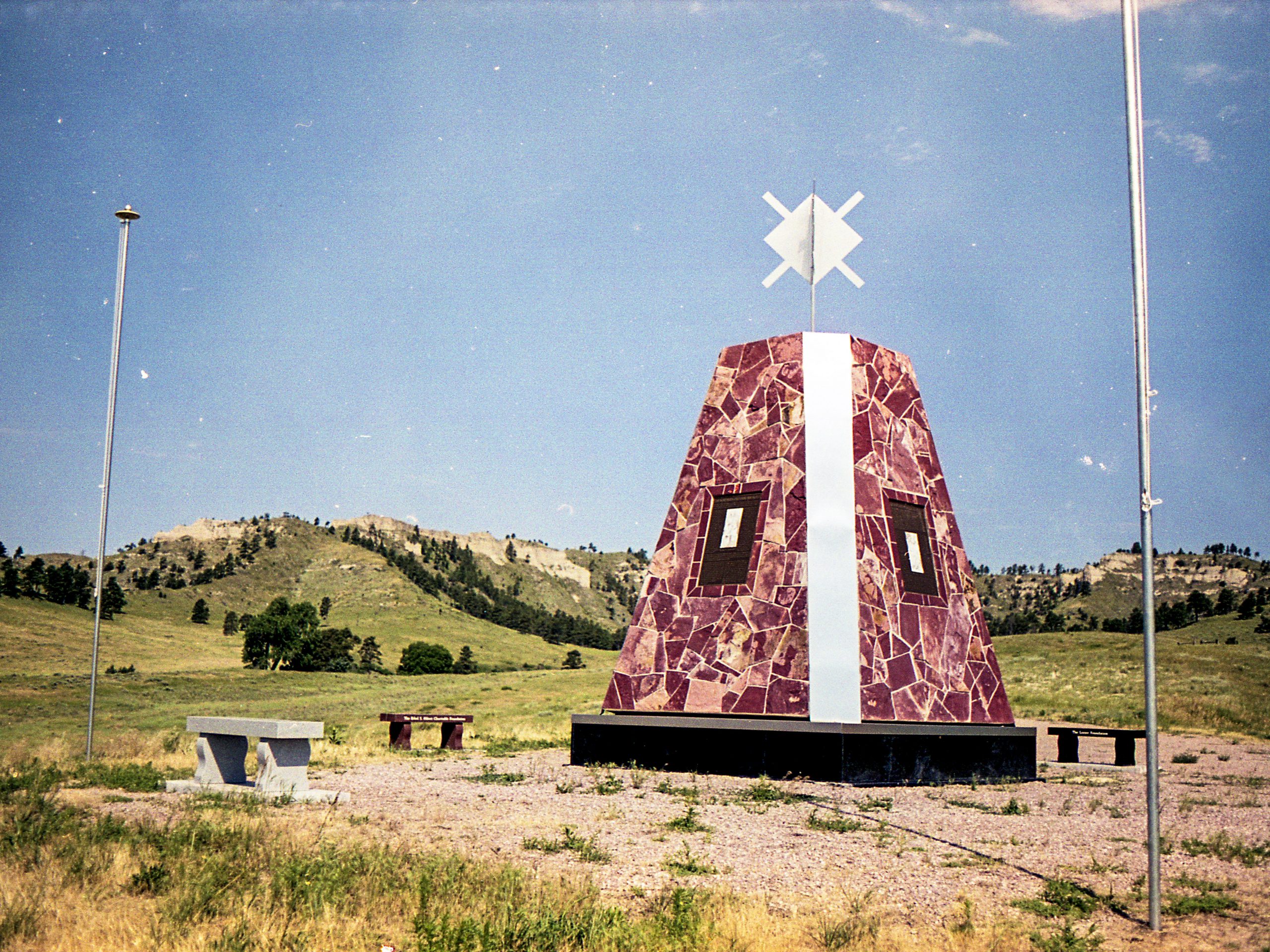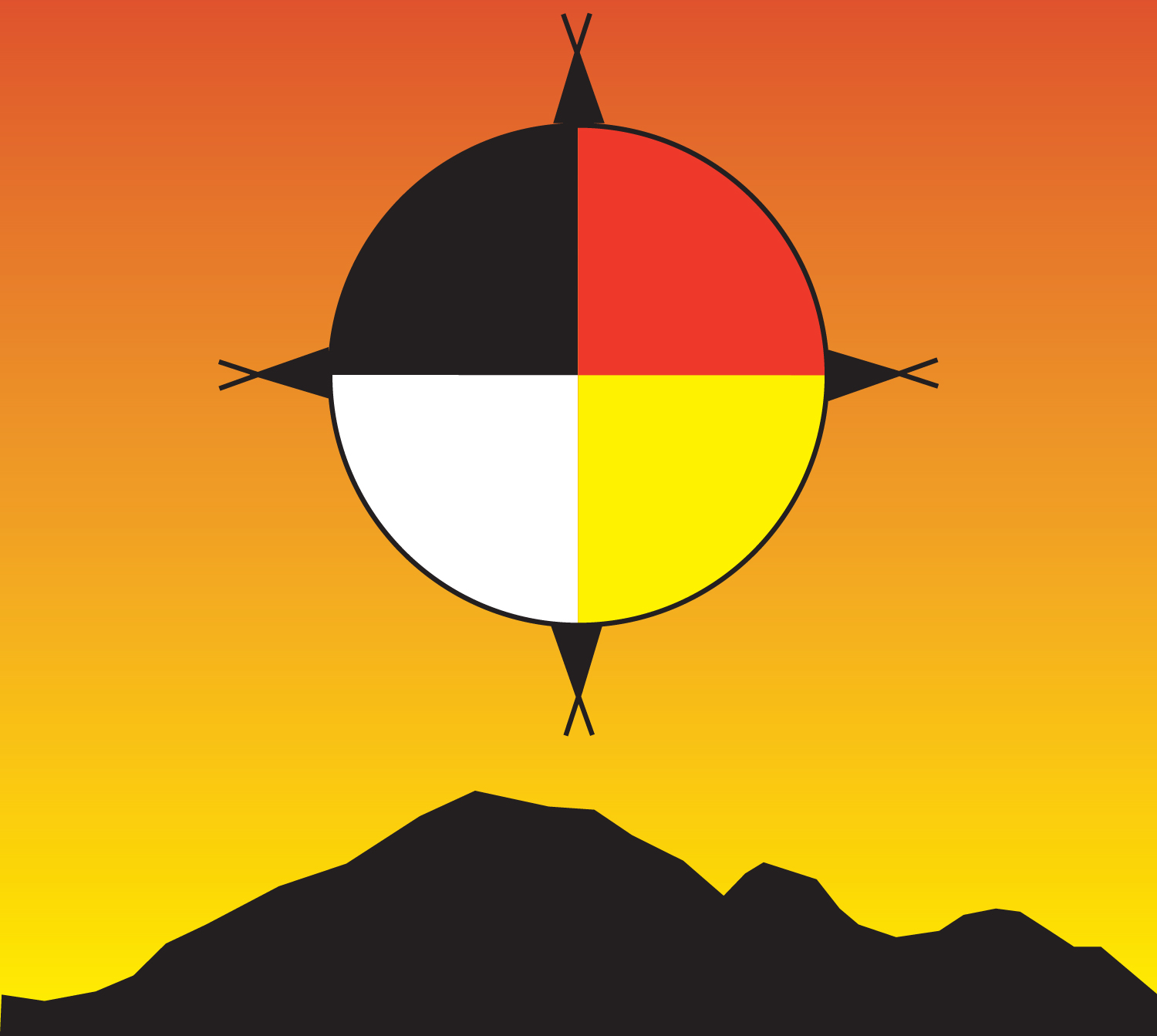Indianz.Com > News > Clara Caufield: Calling the Cheyenne people back home

Northern Cheyenne “Call Back” Ceremony
Native Sun News Today Columnist and Correspondent
LAME DEER, Montana — Due to the high number of deaths of elders in recent weeks and months among the Northern Cheyenne, the matter of funerals and grieving is a common topic of discussion. Recently, when my mother passed due to the COVID, my sister said “Let’s do things the old traditional way. How do they work? I think that would be nice.”
So, I explained what I know and have been told about traditional grieving among the Cheyenne, once governed by extremely specific practices. Though much has changed, some vestiges of these traditional ways still linger in contemporary times.
Until not too long ago, when a Cheyenne person died, the immediate family such as the surviving spouse and children would go into grieving stage, literally impoverishing themselves by giving away personal possessions of the deceased and themselves (which was not often that much) at the time of internment. It was common for Cheyenne women to cut off part of a finger, gash their legs and to chop off their hair, ever a source of personal pride to both the old-time Cheyenne men and women. (The practice of cutting hair is still observed today, though thank goodness we are no longer expected to sacrifice fingers).
In Plains sign language, the sign for Cheyenne for example is to make a sawing/slashing motion across the fingers, i.e. “Cut Fingers”. Sometimes it is also an indication of how the Cheyenne marked their arrows – with red slashes.
Traditional burials during those times and even up until the 1950’s and 60’s were, from what I’ve been told, very practical, sometimes in a cave, a site covered with rocks or shallow graves. Now, we have gone the way of mortuaries. Then, for about a year, the immediate family went into voluntary isolation, largely staying home and avoiding social contacts and gatherings, often surviving in extremely poor circumstances. During this time, they were modest in dress, an expression of grieving.
However, there is a remedy for that. Traditionally when a large social gathering among the Cheyenne (such as social dancing or pow wows) is planned, it is necessary to obtain the permission of those in the grieving stage. Thus, organizers call upon knowledgeable elders to conduct the “Call Back” ceremony to seek permission and to formally invite the grieving ones back into the community. This is still common practice and I have personally been involved in one as a grieving parent.
The ceremony is a wonderful way to help families better deal with grief and allow the community to proceed with “doings” in a respectful manner. It also shows respect for those who have gone on before us.
NATIVE SUN NEWS TODAY
Support Native media!
Read the rest of the story on Native Sun News Today: Northern Cheyenne “Call Back” Ceremony
Clara Caufield can be reached at acheyennevoice@gmail.com
Note: Copyright permission Native Sun News Today
Search
Filed Under
Tags
More Headlines
Native America Calling: Treaties more than a century old provide both guidance and constraints
Native America Calling: Language revitalization: apps, games, and classroom lessons help keep Native languages vital
House Subcommittee on Oversight and Investigations holds hearing on cartels in Indian Country
Native America Calling: Tribal broadcasters scramble; Native higher ed leaders fight to keep funding
‘We’re frustrated’: Lawmakers press Indian affairs nominee on key issues
Cronkite News: Fires cause problems for Grand Canyon’s tourist economy
Press Release: Oklahoma City Indian Clinic receives health awards
AUDIO: Confirmation hearing for William “Billy” Kirkland to be Assistant Secretary for Indian Affairs
VIDEO: Confirmation hearing for William “Billy” Kirkland to be Assistant Secretary for Indian Affairs
NAFOA: 5 Things You Need to Know this Week (July 21, 2025)
Press Release: National Congress of American Indians continues to oppose racist imagery in sports
Chuck Hoskin: Cherokee Nation prepares for the future of public safety
Native America Calling: Tribes confront resource-intensive drive of Artificial Intelligence
Statement: Corporation for Public Broadcasting on elimination of federal funding
Native America Calling: Native Bookshelf with Tanya Talaga
More Headlines
Native America Calling: Language revitalization: apps, games, and classroom lessons help keep Native languages vital
House Subcommittee on Oversight and Investigations holds hearing on cartels in Indian Country
Native America Calling: Tribal broadcasters scramble; Native higher ed leaders fight to keep funding
‘We’re frustrated’: Lawmakers press Indian affairs nominee on key issues
Cronkite News: Fires cause problems for Grand Canyon’s tourist economy
Press Release: Oklahoma City Indian Clinic receives health awards
AUDIO: Confirmation hearing for William “Billy” Kirkland to be Assistant Secretary for Indian Affairs
VIDEO: Confirmation hearing for William “Billy” Kirkland to be Assistant Secretary for Indian Affairs
NAFOA: 5 Things You Need to Know this Week (July 21, 2025)
Press Release: National Congress of American Indians continues to oppose racist imagery in sports
Chuck Hoskin: Cherokee Nation prepares for the future of public safety
Native America Calling: Tribes confront resource-intensive drive of Artificial Intelligence
Statement: Corporation for Public Broadcasting on elimination of federal funding
Native America Calling: Native Bookshelf with Tanya Talaga
More Headlines
